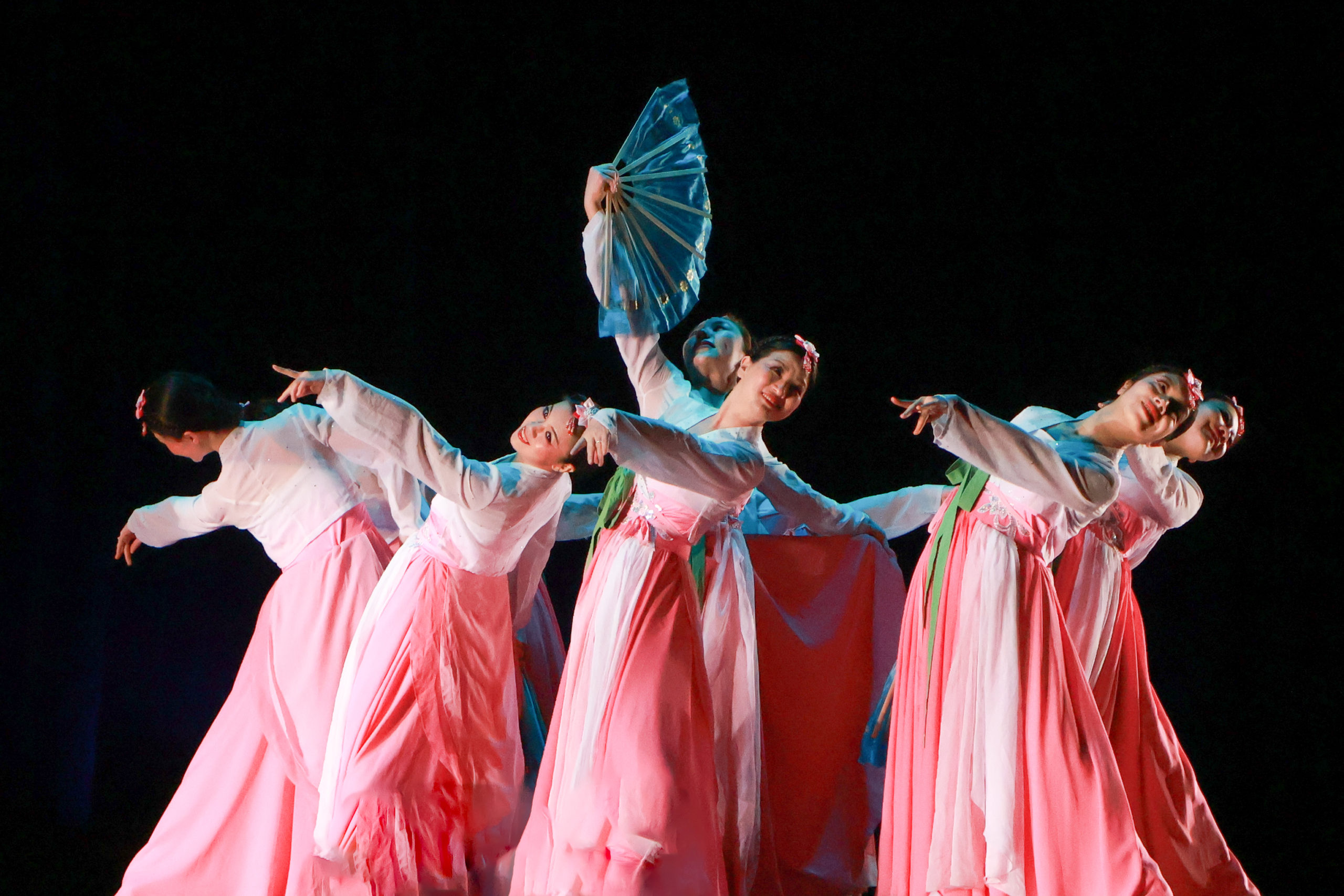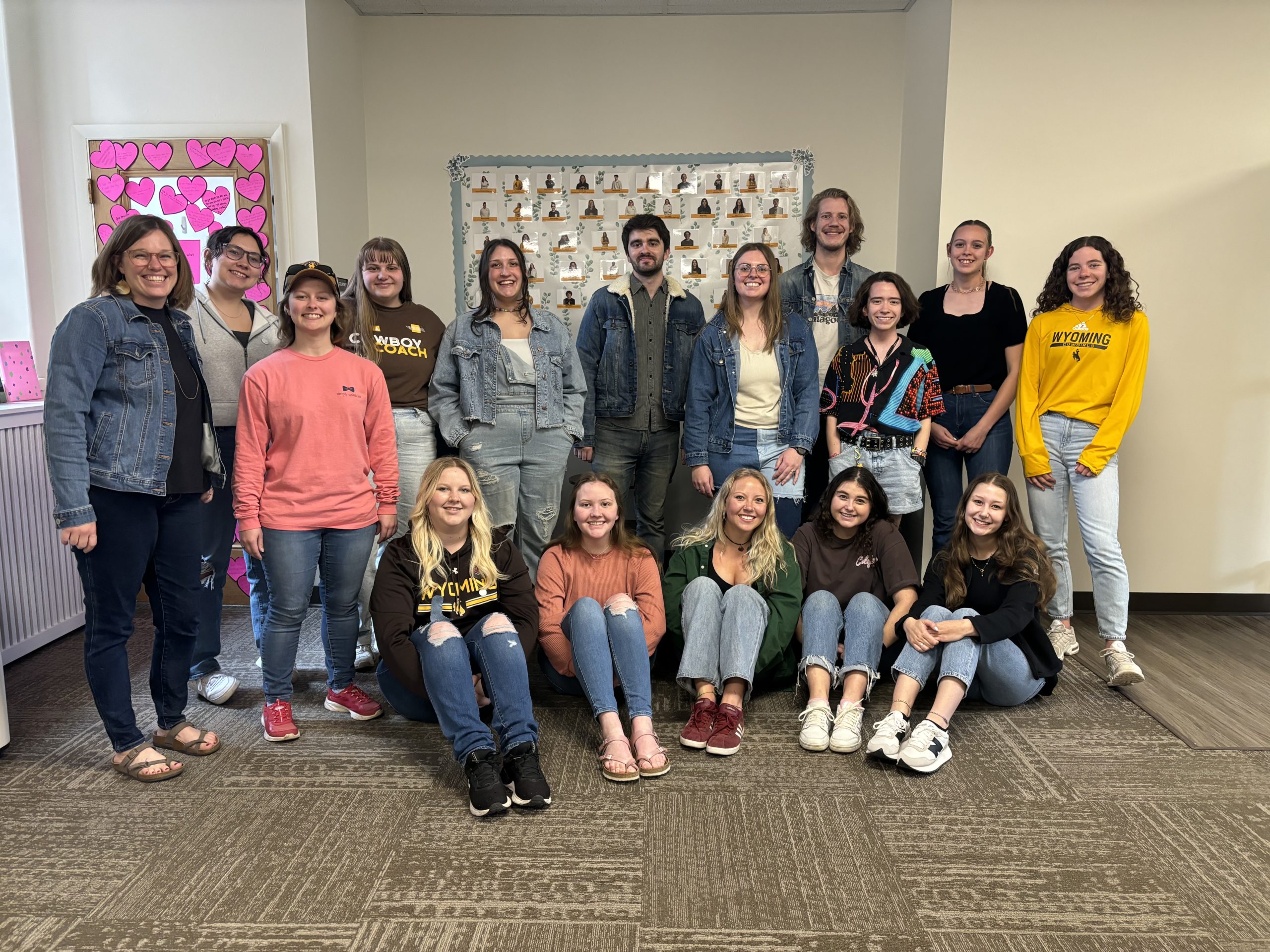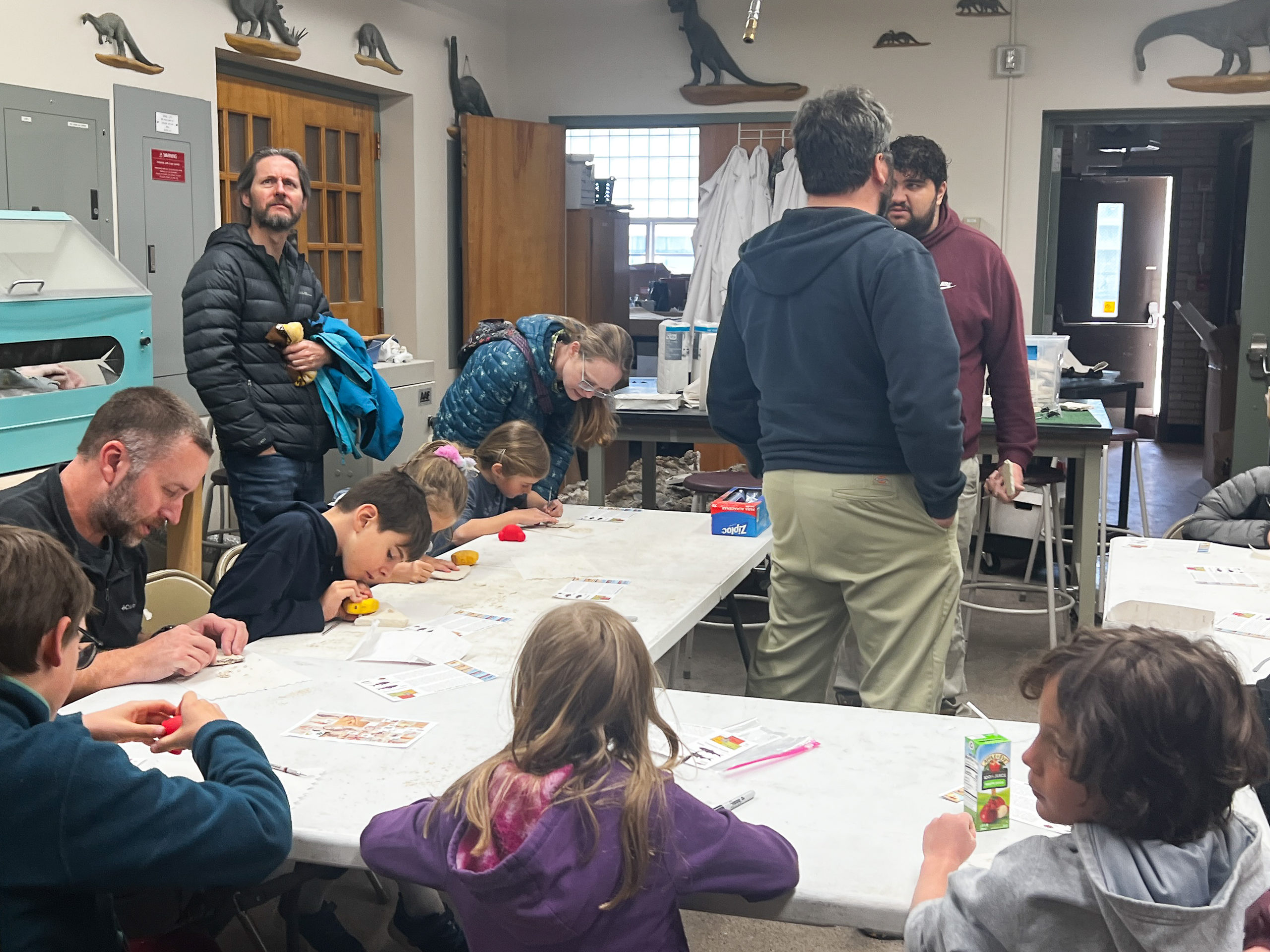The Chinese New Year celebration holds much historical, cultural, and symbolic importance in the Chinese tradition. Also known as a Spring Festival or Lunar New Year, this annual event marks the beginning of the lunar calendar and is deeply ingrained in Chinese culture.
This cultural demonstration is not confined to the streets of major metropolitan areas like Beijing or Shanghai; it has put itself into the academic world to teach and bring tradition.
The introduction of Chinese New Year celebrations to college campuses serves as a captivating bridge between East and West, fostering cultural exchange and understanding among students of diverse backgrounds.
Sponsored by the Associated Students interested in China, the University of Wyoming Arts and Sciences Auditorium performed the Jasmine Flower dance and much more in honor of this event.
The director, UW Chinese Program Director Yan Zhang, drew inspiration from the Chinese folk song “Mo Li Hua”, which translates to jasmine flower.
“We offered a touch of Wyoming within our lunar new year celebration through the Cowboy line dance, Mongolian Dance: Horse Racing and a few more,” said Hulusi Player, Jimmy Lu.
Their main event, the Jasmine Flower Dance taught by Lily Han, combines elements of balletic footwork using Chinese fans to create a mesmerizing visual display.
“The dances brought the crowd in and the fans they used and dresses they wore tied into the song beautifully,” said Grace Harper, a sophomore at the university.
Many students and people off campus came to the event to see the diverse dances and speakers they offered from the entire duration of the event.
“This celebration brought me more knowledge on Chinese culture and it was really cool to see it all brought together,” Said Meg Mauch, freshman at the university.
The event fosters a sense of community and belonging among students, creating a fun celebratory space where people from diverse backgrounds can come together to appreciate and celebrate Chinese culture.
“It wasn’t just a dance, there was emotion behind the songs and how they were performed,” said Harper.
From the first event, welcoming the Chinese New Year celebration to the last event, Chinese Singing: The Same song it brought a melting pot of shared experiences.



